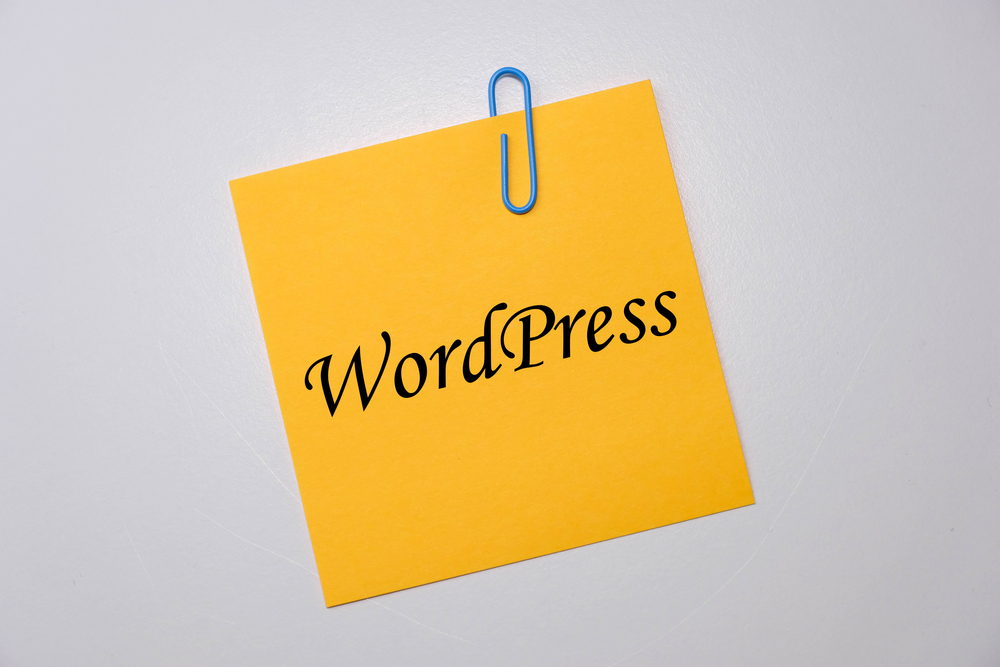
Mastering WordPress: Essential Tips for Customization and Website Maintenance

WordPress has become the go-to platform for individuals and businesses alike to create and manage their websites. Its user-friendly interface and extensive customization options make it a powerful tool for anyone looking to establish an online presence. However, to truly master WordPress and take your website to the next level, you need to be familiar with the essential tips for customization and website maintenance. In this article, we will explore some key strategies and techniques that will help you unlock the full potential of WordPress (or WP) .
1. Choose the Right ThemeThe first step in customizing your WordPress (WP) website is to choose the right theme. There are thousands of free and premium themes available, each offering different layouts and functionalities. Take the time to explore various options and select a theme that aligns with your brand or website's purpose. Ensure that the theme is responsive, SEO-friendly, and regularly updated by the developers.
2. Customize Your Theme
Once you've selected a theme, it's time to personalize it to reflect your unique style and preferences. Use the WordPress (the platform for bloggers) Customizer to modify various aspects of your theme, such as colors, fonts, layouts, and more. Experiment with different options to create a visually appealing and cohesive design that resonates with your audience.
3. Use Plugins Wisely
Plugins are one of the major strengths of WordPress that allow you to extend the functionality of your website. However, be mindful of the number of plugins you install as they can significantly impact your site's performance. Only select reputable plugins that are regularly updated and have good reviews. Some must-have plugins include an SEO plugin, a security plugin, and a caching plugin to optimize your website's speed.
4. Optimize for SEO
Having a well-optimized website is crucial for driving organic traffic and improving search engine rankings. Install an SEO plugin like Yoast SEO or All in One SEO Pack to help you optimize meta tags, sitemaps, and other key elements. Additionally, focus on creating high-quality, keyword-rich content and build a solid internal linking structure to enhance your site's SEO capabilities.
5. Regular Updates and Backups
Keeping your WordPress (the blogging platform) installation, themes, and plugins up to date is essential for security and performance reasons. Most updates contain bug fixes and security patches that help protect your website from potential vulnerabilities. Additionally, regular backups are a crucial part of any website maintenance routine. Use a reliable backup plugin or utilize your hosting provider's backup options to ensure that you can restore your website if something goes wrong.
6. Monitor Website Performance
Monitoring your website's performance is vital for ensuring a smooth user experience. Slow-loading pages can drive visitors away and negatively impact your search engine rankings. Utilize tools like Google PageSpeed Insights or GTmetrix to analyze your site's speed and identify any potential bottlenecks. Optimize images, leverage browser caching, and consider using a content delivery network (CDN) to improve your website's loading times.
7. Maintain a Secure Website
As the most popular website platform, WordPress is frequently targeted by hackers. Ensuring the security of your website should be a top priority. Use strong, unique passwords for your admin accounts and enable two-factor authentication for added protection. Regularly scan your website for malware using a security plugin and implement a firewall to prevent unauthorized access. Additionally, consider using a web application firewall (WAF) to further enhance your website's security.
Frequently Asked Questions:
Q1: Can I change my theme after setting up my WordPress website?A1: Yes, you can change your theme at any time. However, switching themes may affect your website's appearance and functionality. Ensure that you make a backup of your website before making any major changes.
Q2: How do I install a plugin on WordPress?
A2: To install a plugin, navigate to the "Plugins" section in your WordPress dashboard, click "Add New," and search for the desired plugin. Once you find it, click "Install Now" and then "Activate" to enable the plugin on your website.
Q3: Is it necessary to have coding knowledge to customize my WordPress website?
A3: No, you do not need coding knowledge to customize your WordPress website. WordPress provides a user-friendly interface and numerous customization options that can be easily accessed and modified without coding.
Q4: Can I optimize my WordPress website for mobile devices?
A4: Yes, you can optimize your WordPress website for mobile devices. Ensure that you select a responsive theme that automatically adjusts to different screen sizes. Additionally, test your website's mobile-friendliness using Google's Mobile-Friendly Test.
Q5: How often should I update my WordPress website?
A5: You should update your WordPress website regularly. Check for updates at least once a week and apply them as soon as they become available. This ensures that you have the latest features, bug fixes, and security patches.
Mastering WordPress takes time and practice, but by following these essential tips for customization and website maintenance, you can truly unlock the full potential of this powerful platform. Remember to choose the right theme, customize it to reflect your style, optimize for SEO, and regularly update and backup your website. By integrating these strategies into your WordPress workflow, you can create a stunning website that engages your audience and drives business success.
Other useful resources
- https://www.wordpress24plus.com/wordpress-tools-directory/wordpress-themes/
- https://www.wordpress24plus.com/services/